Social Responsibility Marketing takes cause marketing to a new dimension of shared
personal commitment to help people with disabilities.
by John R. Garrison, Former President National Easter Seal Society
In 1983, American Express’s introduction of cause-related marketing raised $17 million for the Statue of Liberty-Ellis Island Foundation. It proved an innovative marketing strategy, with its marriage of marketing and fund-raising goals, and set up a successful venture for both the non-profit foundation and American Express.
Easter Seals has taken this concept to a new dimension — that of Social Responsibility Marketing – that builds on the potential of cause-related partnerships. With Social Responsibility Marketing, our corporate sponsors become involved with Easter Seals and the people with disabilities we serve. Their support extends beyond dollars raised to include volunteering, employing people with disabilities and becoming advocates for disabled people in their communities.
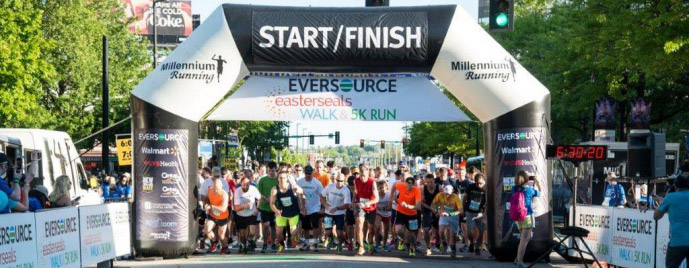
When cause-related marketing really works, it creates win/win partnerships. For nonprofits, it offers new sources of financial support and increased public exposure. Both are important in a fund-raising arena that grows more and more competitive.
For corporate partners, cause-related marketing provides an opportunity to increase product sales, gain public recognition and, at the same time, support the causes they care about.
Critics of cause-related marketing are quick to suggest that these partnerships are shortsighted and that they commercialize non-profits. They say that these partnerships offer only short-term, unpredictable sources of support. And many see cause-related marketing as a threat to traditional sources of philanthropy.
Cause-related marketing is not traditional philanthropy. Nor does it pretend to be a substitute for corporate social responsibility. Cause-related marketing is an important new strategy in the fund-raising mix and one wonders whether its critics are not the shortsighted ones. Perhaps the critics of cause-related marketing are so blinded by their own interests that they fail to see the potential for taking cause-related marketing to its next dimension.
At Easter Seals, we saw the potential in cause-related marketing activities to help us achieve our long-term goals. As a result, we developed a more comprehensive, fluid approach to corporate partnerships. Our strategy, called Social Responsibility Marketing, offers companies a chance to extend the partnership beyond a quarterly product promotion. It invites them to become involved at the human level – to become volunteers, to learn about what Easter Seals does for disabled people, to hire people with disabilities and to become advocates for the more than 1 million people we serve each year through our network of 170 affiliates nationwide.

With Social Responsibility Marketing as our guiding principle for corporate sponsorship, the real emphasis is on ongoing, community-based Easter Seal rehabilitation programs and services. Potential corporate partners are invited to support our programs and our mission – helping people of all ages and disabilities achieve maximum independence.
It works. In 1980, Easter Seals’ corporate sponsors contributed $3 million, and in a more recent year, corporate support totaled more than $13 million. But, more than this, corporate sponsors gave hundreds of thousands of hours as volunteers. They created employment opportunities for hundreds of disabled workers, and they underwrote two major public education campaigns.
Century 21 International, Safeway Stores, Amway and Enesco Corporation all became ‘Million Dollar Club” members – each raises more than $1 million every year through local fund-raising events and underwriting public education and other Easter Seal programs. And each of our “Million Dollar Club” members has made the transition from building on their cause-related activities to adding new levels of involvement.
Factors OF Success
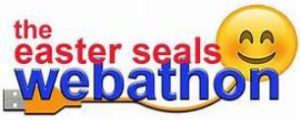 What makes this program so effective for Easter Seals? The answer to this really begins with the hard look we took at who we were and what we had to offer. The National Easter Seal Society is a community-based network of affiliates. We have program sites in every state, in the District of Columbia and Puerto Rico.
What makes this program so effective for Easter Seals? The answer to this really begins with the hard look we took at who we were and what we had to offer. The National Easter Seal Society is a community-based network of affiliates. We have program sites in every state, in the District of Columbia and Puerto Rico.
Our affiliates are independent organizations that offer services ranging from head trauma and computer-assisted technology services to work recovery, camping programs, physical and speech therapies and equipment loans. Each Easter Seal Society has tailored its programs to the needs of its community.
With our particular structure and variety in mind, Easter Seals has approached corporations who also strive to develop a community presence. When our corporate partners are involved at the local level, they have one-on-one exposure to the children and adults with disabilities we serve. They see what is involved in rehabilitation. They develop an appreciation for what makes their community accessible for people who use wheelchairs or for people who are vision or hearing impaired. They see what it takes to relearn skills after a stroke. They take this new awareness of people who happen to be disabled back into their own companies. They begin to hire people with disabilities and make necessary accommodations. And they become our partners in advocacy and public education projects on behalf of people with disabilities.
Finding Volunteers
Social Responsibility Marketing fosters long-term partnerships through a natural process of education and volunteerism. Corporate sponsors are active volunteers in local centers, in community-based special events and on Easter Seal boards. Gerald P. Mattimore, sales promotion manager, Glenbrook Laboratories, is a past chairman of the New York Easter Seal Society.
Richard Loughlin, president, Century 21 International, completed his term as a member of the National Easter Seal Society’s board. Robert E. Bradford, senior vice president, Safeway Stores, Inc. has served on the Board. They have lent valuable expertise and a corporate perspective.
The Seattle-based outdoor outfitter Eddie Bauer, Easter Seals’ has partnered with Easter Seals through a volunteer program. Campbell-Mithun-Esty (CME), Minneapolis, Minnesota, is an advertising agency with a history of public service. They have provided Easter Seals with $100,000 in creative billable hours each year. The collaboration between CME and Easter Seals is one that truly has been the best of win/win partnerships.
Easter Seals’ public service spots have won dozens of national awards and, more importantly, CME has received incredible recognition from its peers and Easter Seal corporate sponsors. The Easter Seal TV PSAs show people with disabilities living everyday lives. And they’ve clearly demonstrated that you can raise money and do advocacy at the same time.
Howard Liszt, former president of CME, says that “Easter Seals is the account everyone wants to be on.” It’s a chance for his people to take creative risks and make hard-hitting statements. He also says that CME’s partnership with Easter Seals has made the agency more effective. “By doing the right thing you also succeed,” Liszt explains. CME credits Easter Seals with heightening the agency’s awareness – something that enhances all the work they do – and helping them land new accounts, such as the 1992 International Special Olympics. It’s interesting, too, that they often suggest to other clients that people with disabilities be included in their work.

Bridging The Gap
“Friends Who Care,” our award-winning national disability awareness campaign for nondisabled young people, originated in a collaboration between Sandra Gordon, former Easter Seals’ communications vice president and Terry Bremer, senior vice president, creative director of CME. Both wanted to help kids with disabilities by making their nondisabled peers aware of what it feels like to be made fun of or ostracized. Gene Freedman, president, Enesco Corp., made it possible by promising to underwrite the production costs.
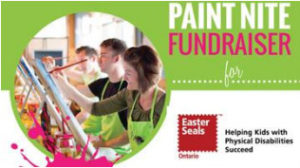 Enesco Corp. has been an Easter Seal corporate sponsor, a partnership initiated by Enesco. The company was looking for a non-profit it could help and, after a careful search, contacted us. We’ve seen their involvement grow from an initial, commemorative “Precious Moments” Easter Seal figurine promotion, to a multilayered fund-raising program with employees, collectors club members and retail outlets around the country hosting special events that, along with the annual figurine, helped raise more than $1.3 million.
Enesco Corp. has been an Easter Seal corporate sponsor, a partnership initiated by Enesco. The company was looking for a non-profit it could help and, after a careful search, contacted us. We’ve seen their involvement grow from an initial, commemorative “Precious Moments” Easter Seal figurine promotion, to a multilayered fund-raising program with employees, collectors club members and retail outlets around the country hosting special events that, along with the annual figurine, helped raise more than $1.3 million.
At Enesco, it was Freedman’s personal commitment to Easter Seal programs and services that makes the relationship successful. This is something he demonstrateD time and time again, asking his international friends and business contacts to contribute with Enesco. Freedman’s sponsorship of the “Friends Who Care” public education program – with Enesco’s contribution of $l00,000+ in actual out-of-pocket dollars – is where our concept of Social Responsibility Marketing bridges the gap between shortterm cause-related promotions and traditional philanthropy.
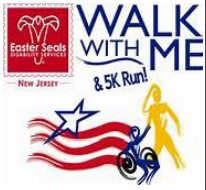 Amway president and co-founder Rich DeVos and Nan Van Andel, vice president, communications, have both been involved with disability issues for many years. Out of this familiarity with disability issues came their commitment to public education programs. Amway has sponsored an award-winning “Attitudes” campaign, and a public education program encouraging early childhood screening. Again, these are actual cash contributions made because Amway leaders felt it was important to address these topics in a public forum.
Amway president and co-founder Rich DeVos and Nan Van Andel, vice president, communications, have both been involved with disability issues for many years. Out of this familiarity with disability issues came their commitment to public education programs. Amway has sponsored an award-winning “Attitudes” campaign, and a public education program encouraging early childhood screening. Again, these are actual cash contributions made because Amway leaders felt it was important to address these topics in a public forum.
Century 21 International sponsored “A Safe Home Is No Accident.” It’s a brochure of tips for preventing disabling household accidents – available through Century 21 – offices and Easter’ Seal societies nationwide.
We look for public education opportunities for all of our corporate sponsors. When the Tax Reform Act passed, Comprehensive Accounting Corp., one of our sponsors, worked with us to produce a brochure and informational package about how the new tax code affects people with disabilities and non-profits.
For many it’s an opportunity to help and, at the same time, be recognized in national and community print and broadcast media.
Hidden Benefits
Beyond the immediate benefits – increased profits through a promotion, a new pool of dedicated employees, or publicity – our partnerships have worked to benefit corporate partners in other ways.
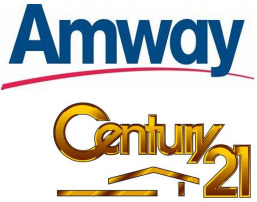 For Century 2 1 International and Amway, relationships developed between community-based franchises or distributors and Easter Seal affiliates have enhanced their sense of corporate unity as well. Working with Easter Seals is something more that independent brokers and distributors have in common.
For Century 2 1 International and Amway, relationships developed between community-based franchises or distributors and Easter Seal affiliates have enhanced their sense of corporate unity as well. Working with Easter Seals is something more that independent brokers and distributors have in common.
Bob Bradford at Safeway said that Safeway’s commitment to Easter Seals at the local level helped to maintain company morale during a recent takeover.
Uniglobe Travel’s partnership with Easter Seals was initially business driven. They wanted the “goodwill” value of this association for their 700 offices throughout the country. As a national organization, they adopted Jamie Brazell, who was the FORMER National Easter Seal Child. Uniglobe employees raise money for a college fund each year through raffles they hold at their annual convention.
Uniglobe employees also helped the Brazells to remodel their home, making it accessible for Jamie in his adult-sized wheelchair. And, when we informed our corporate sponsors of Easter Seals’ lobbying efforts to pass the Americans With Disabilities Act, it was Suzanne Kauss Jenson, vice president, corporate communications, and our Uniglobe contact, who wrote back first – congratulating us and asking how Uniglobe could help.
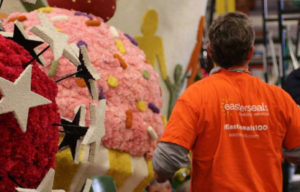 Back on New Year’s Day in 1990, for the first time, Century 21 International had a float in the Rose Bowl Parade. It was a coveted honor for the Southern California-based company and a chance for them to showcase their involvement with Easter Seals.
Back on New Year’s Day in 1990, for the first time, Century 21 International had a float in the Rose Bowl Parade. It was a coveted honor for the Southern California-based company and a chance for them to showcase their involvement with Easter Seals.
Eight children, representing each country where the company has offices, rode on the float. Its theme The World Is Your Backyard. Children from the Easter Seal centers in Las Angeles and Orange County were invited to help decorate the float. Vanessa Vance, our 1990 national child, represented the United States.
Social Responsibility Marketing does what cause-related marketing alone can never do. It adds a human dimension that extends long beyond a product promotion. We encourage people to become involved at every level – to volunteer and meet the people Easter Seals serves in their communities and become their advocates.
And at some 100 stores nationwide to volunteer one day at an Easter Seal camp or recreational program. The firm pays salaries for this day and encourages employees to continue as volunteers on their own time.
 Five years ago, Friendly Restaurants was looking to find a solution to their problems with employee turnover and a growing shortage of teen-age workers for their family-style restaurants. They opted to develop a comprehensive training and employment program for people with disabilities in their area. This is a solution that Friendly might not have looked for had they not been involved with Easter Seals. They were aware of our advocacy efforts and knew that people with disabilities wanted the opportunity to work. Today they have more than 1,300 competent and responsible physically or developmentally disabled employees.
Five years ago, Friendly Restaurants was looking to find a solution to their problems with employee turnover and a growing shortage of teen-age workers for their family-style restaurants. They opted to develop a comprehensive training and employment program for people with disabilities in their area. This is a solution that Friendly might not have looked for had they not been involved with Easter Seals. They were aware of our advocacy efforts and knew that people with disabilities wanted the opportunity to work. Today they have more than 1,300 competent and responsible physically or developmentally disabled employees.
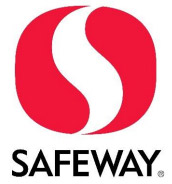 Safeway Stores has also made a concerted effort to hire people with disabilities and make necessary accommodations. Some 60 people with developmental and physical disabilities were chosen to staff Safeway’s product recovery center where damaged, outdated or unsalable merchandise is scanned and squared with store inventories. They have a staff of disabled employees who prepare fruit baskets for delivery to the company’s stores. Disabled workers staff Safeway’s rebagging program. repairing as many as 400 bags per day on an industrial sewing machine. And more than 100 people with disabilities were selected to work in Safeway’s courtesy clerk program.
Safeway Stores has also made a concerted effort to hire people with disabilities and make necessary accommodations. Some 60 people with developmental and physical disabilities were chosen to staff Safeway’s product recovery center where damaged, outdated or unsalable merchandise is scanned and squared with store inventories. They have a staff of disabled employees who prepare fruit baskets for delivery to the company’s stores. Disabled workers staff Safeway’s rebagging program. repairing as many as 400 bags per day on an industrial sewing machine. And more than 100 people with disabilities were selected to work in Safeway’s courtesy clerk program.
Safeway’s Portland division district manager adapted a store pharmacy to accommodate new employee who had polio as a child and began to experience postpolio syndrome. Because she has difficulty standing for periods of time, she worked with store manager to add handrails, space for a rollaround draftsman-like chair, and to set the pharmacy’s shelves within easy reach.
Social Responsibility Marketing does what cause-related marketing alone can never do. It adds a human dimension that extends long beyond a product promotion. We encourage people to become involved at every level-to volunteer and meet the people Easter Seals serves in their communities and become their advocates.
For a case history about how public service advertising helped Easter Seals expand public awareness of disabilities, go to: https://www.goodwillcommunications.com/portfolios/easter-seals/


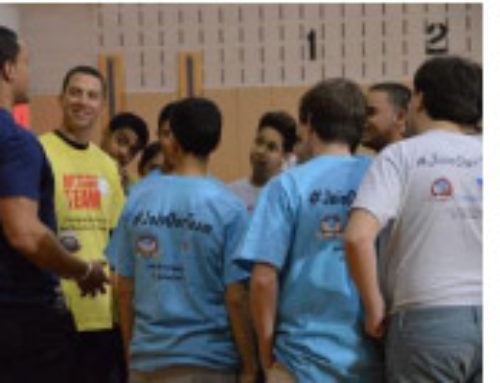
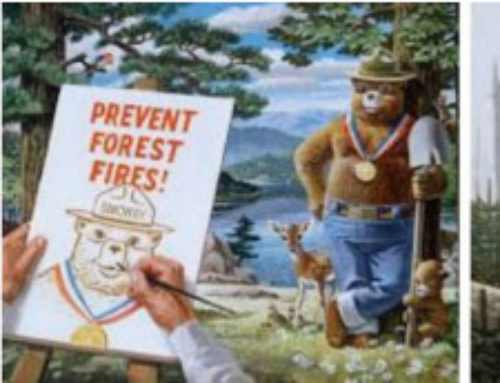
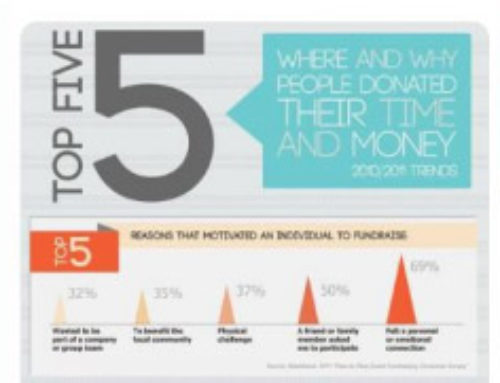
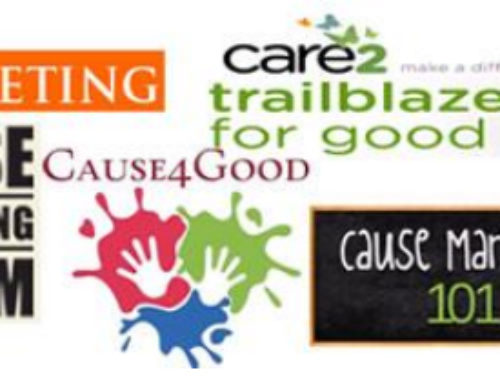

Leave A Comment